Plastic is ubiquitous; the material is malleable, moldable, and durable, making it incredibly useful for many applications. However, this last characteristic presents a problem – it takes decades, even centuries, to degrade, and almost all of the eight billion tons of plastic that have ever been produced still exist. In commemoration of Plastic-Free July 2021, AZoCleantech takes a closer look at the most recent developments in single-use plastic alternatives.
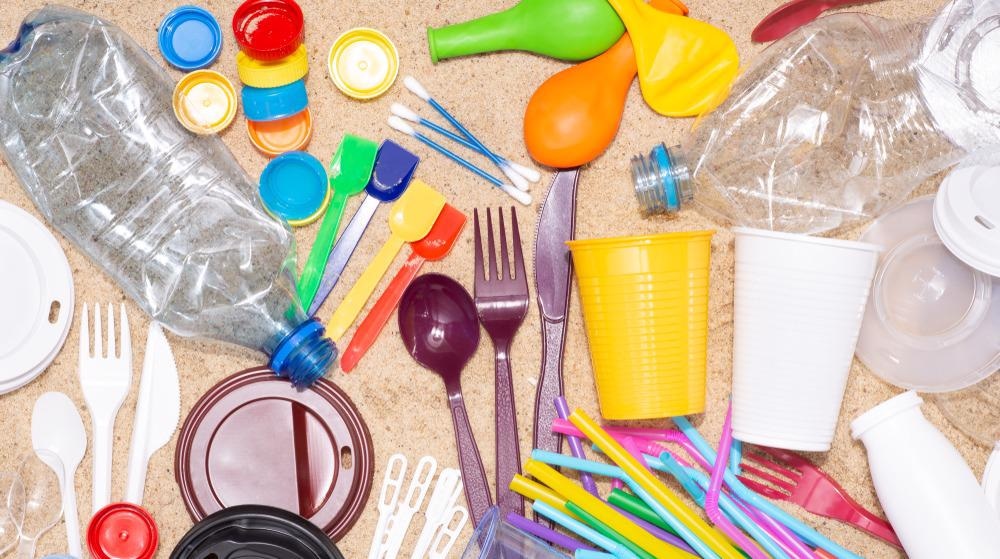
Image Credit: photka/Shutterstock.com
The Problem with Plastics
Plastic production in America has risen by 900% since the 1960s, from 390,000 US tons to 36 million tons in 2018. Despite recycling rates increasing, not all plastics can be processed, and around 27 million tons of this make their way into landfills each year. Drinks bottles, food wrappers, and plastic bags are major culprits, with single-use plastics – which account for 40% of all plastics used - coming under heavy criticism.
These plastics are convenient, but the amount of time, energy, and effort required to produce and transport them does not equate with the fact that they are used once and thrown away, especially since they persist in the environment for so long.
Many companies and individuals are replacing single-use plastics with alternative, sustainable materials, while governments are banning their use in a bid to fight plastic pollution.
Plant-Based Resin
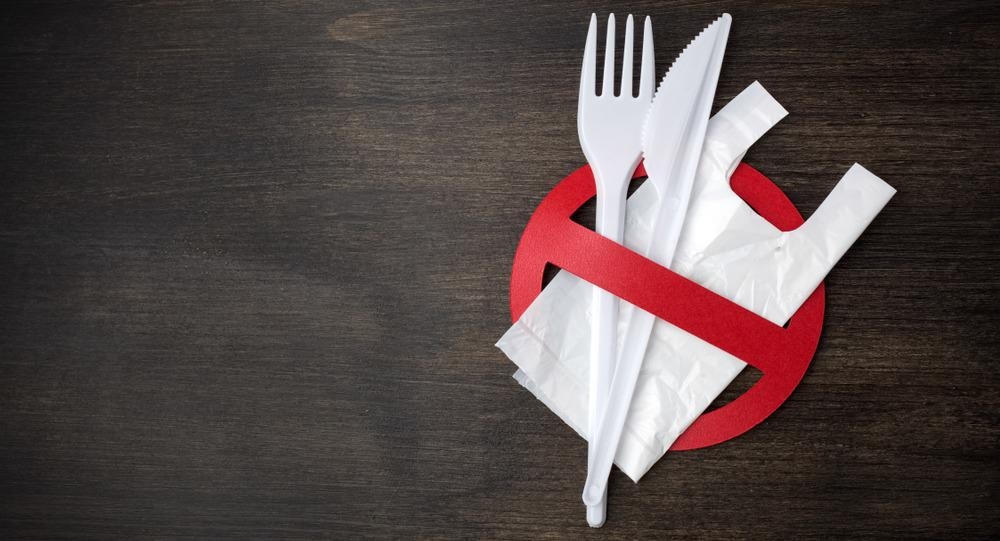
Image Credit: vetre/Shutterstock.com
Single-use plastics such as cutlery and straws are convenient but can be challenging to recycle because of their shape and materials. Consequently, they are simply discarded and make their way into landfills.
Plastic stirrers were initially replaced with wood, and straws with paper, but these disintegrated when submerged in liquid. An unpleasant experience led to Sharina Perry developing a plant-based resin that imitates plastics and is durable, biodegradable, compostable, and recyclable.
The resin’s composition has not been disclosed, but the crops used to make it absorb carbon, add nutrients to and remove heavy metals from the ground, and do not require the use of pesticides. The resulting plastic can withstand both hot and cold temperatures, and Perry’s company, Utopia Plastix, supplies the resin to manufacturers producing straws, cutlery, and food packaging.
Bamboo Alternatives
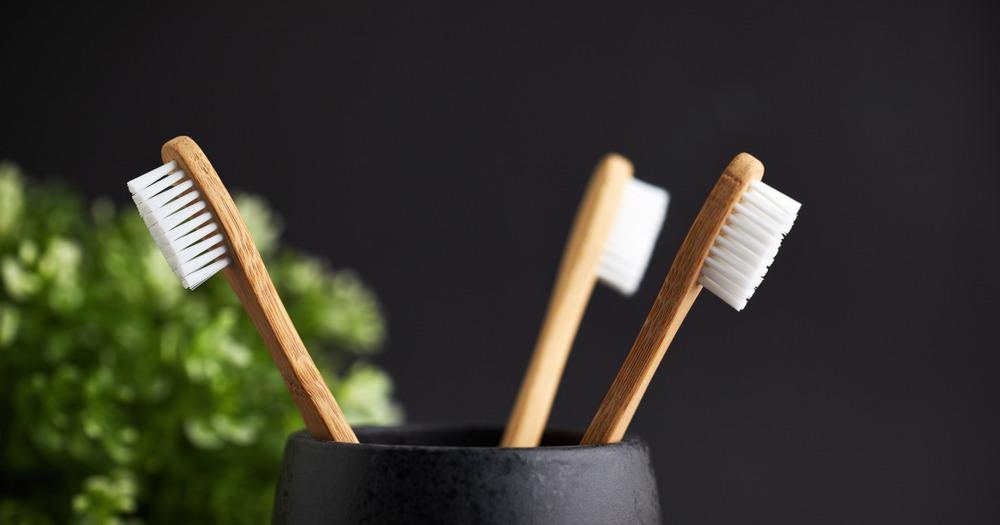
Image Credit: Rostislav_Sedlacek/Shutterstock.com
Bamboo-based products are emerging as a popular and environmentally friendly substitute for cutlery, utensils, and straws. The quick-growing plant is also used as an alternative material for toothbrushes, clothing, and crockery. The plant has natural antibacterial properties, is non-toxic, does not require pesticides, and can be composted, decomposing in as little as three months depending on conditions.
Bamboo is also widely used in the cosmetics industry, replacing the plastic portion of cotton buds, in washable and reusable make-up remover pads, and as dental floss.
Milk and Mushrooms for Food Packaging
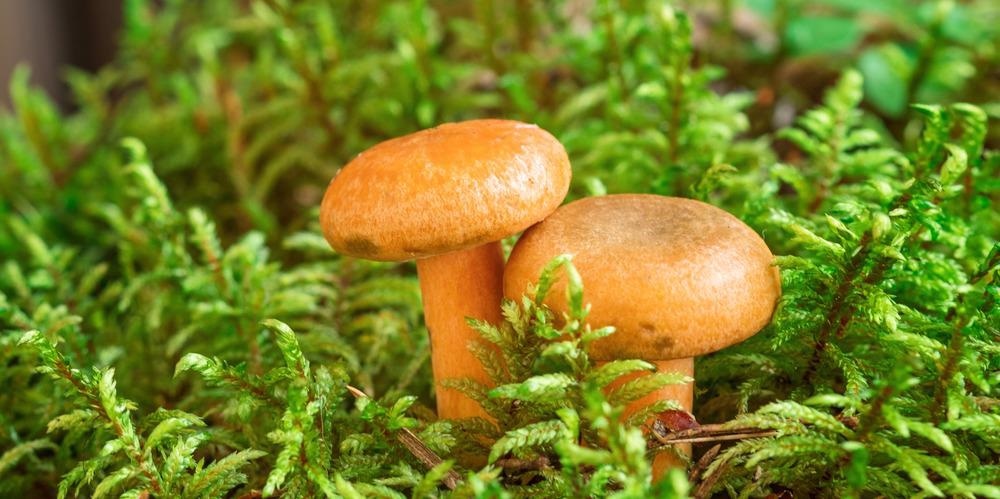
Image Credit: Elizaveta Elesina/Shutterstock.com
The packaging industry is the largest convertor of virgin plastics into products used for food containers and shopping bags. Foam takeaway containers and coffee cups made of polystyrene are also difficult to recycle and often make their way into landfills.
Paper boxes or cartons have been used as an alternative, but these require the use of carbon-absorbing trees and, particularly in the case of coffee cups, they need plastic linings, making them hard to recycle. They are also still only single-use items.
Milk and mushrooms are unlikely materials for food packaging but are both sustainable and biodegradable.
Mushroom-based packaging uses agricultural waste, husks, and oat hulls as a raw material that can be pressed into the desired shape and seeded with mushroom spores. The spores then sprout mycelium, which threads through the material, binding it together. Swedish furniture company IKEA intends to replace all of its Styrofoam with this mushroom material.
Casein is a protein found in milk and could be an environmentally sustainable way of preventing food spoiling. Unlike the plastic currently used to wrap food, casein-based packaging is 500 times better at keeping oxygen away from food and could help keep food fresh while simultaneously preventing plastic waste.
Seaweed Solution
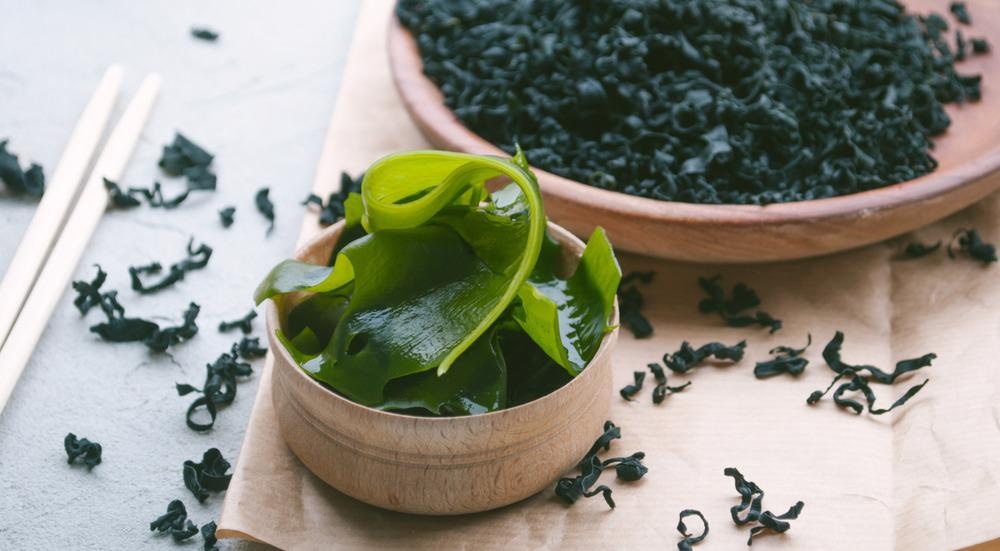
Image Credit: maramorosz/Shutterstock.com
Plastic bottles are one of the most significant contributors to single-use plastic pollution. In 2019, organizers of the London Marathon substituted some water bottles with seaweed pouches. These encased water between edible membranes and allowed organizers to reduce the number of plastic bottles used during the competition.
Seaweed is an ideal material as it is fast-growing and does not compete with other food crops. Furthermore, it degrades in four to six weeks if left unused – much shorter than the centuries it takes for plastic to degrade.
Conclusion
Plastic pollution is an ever-growing problem, but one that environmentalists, governments, and individuals are determined to address. Tackling plastic pollution is as much about changing people’s behavior as it is about finding alternative materials. Hard-to-recycle plastics will ultimately make their way into landfills, but avoiding single-use plastics as much as possible will be a big step in the right direction.
Plastic Pollution
Video Credit: WWF International/Youtube.com
References and Further Reading
WWF, 10 worst single-use plastics and eco-friendly alternatives, WWF - https://www.wwf.org.au/news/blogs/10-worst-single-use-plastics-and-eco-friendly-alternatives. Accessed 13th July 2021.
Money, J (2021), Oklahoman's attempts to make plastics out of plants could cut into global waste, The Oklahoman - https://eu.oklahoman.com/story/business/energy-resource/2021/07/11/oklahoman-offers-manufacturers-consumers-sustainable-plastics-solution/7719182002/. Accessed 13th July 2021.
Kelly, D (2020), Future of Plastics | 8 Alternatives to Single-Use Plastic, YSI - https://www.ysi.com/ysi-blog/water-blogged-blog/2020/09/future-of-plastics-8-alternatives-to-single-use-plastic. Accessed 13th July 2021.
Disclaimer: The views expressed here are those of the author expressed in their private capacity and do not necessarily represent the views of AZoM.com Limited T/A AZoNetwork the owner and operator of this website. This disclaimer forms part of the Terms and conditions of use of this website.